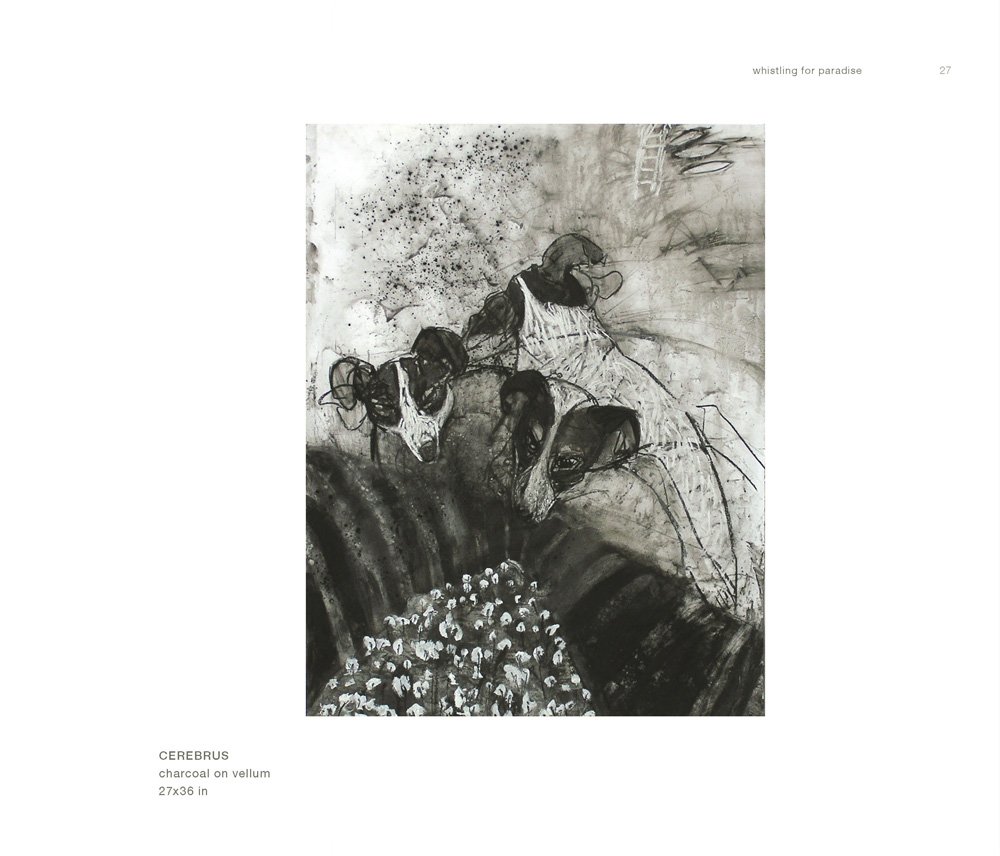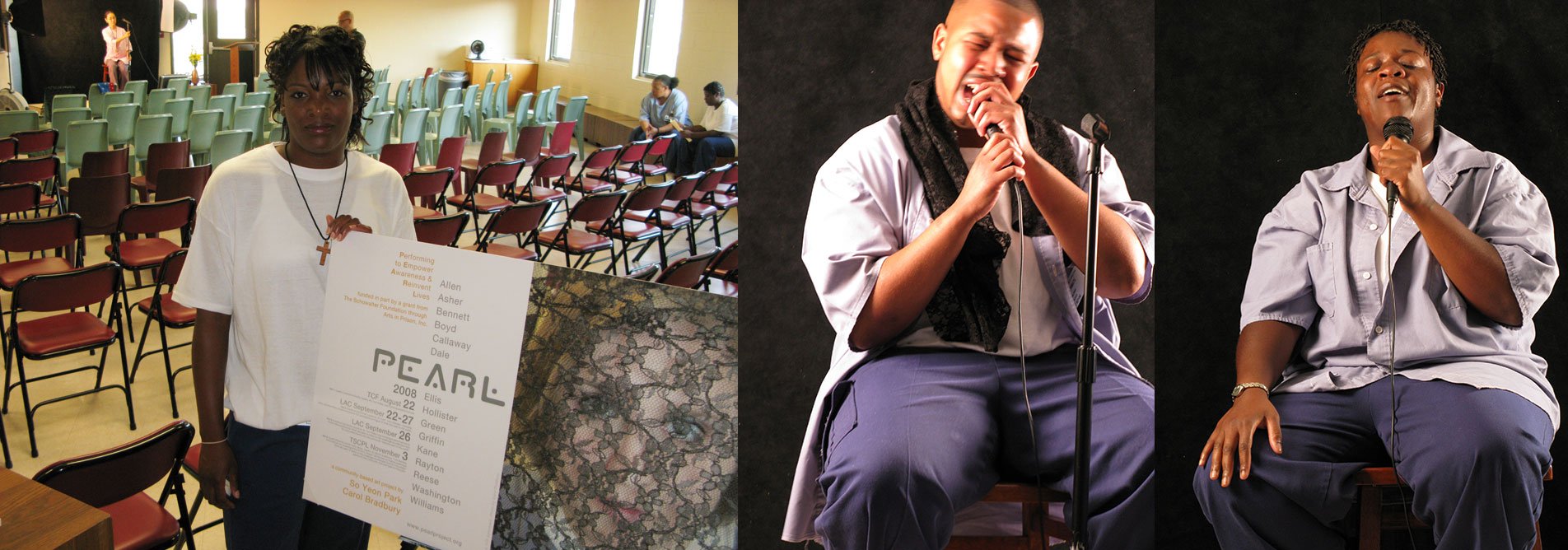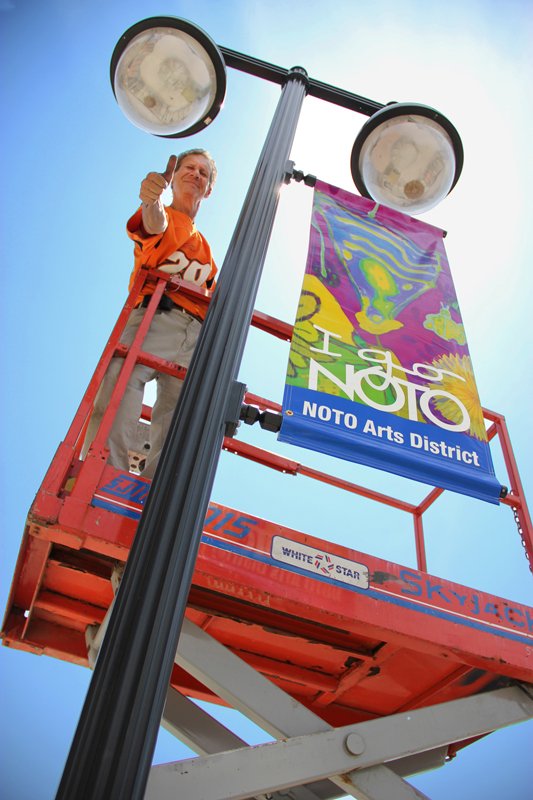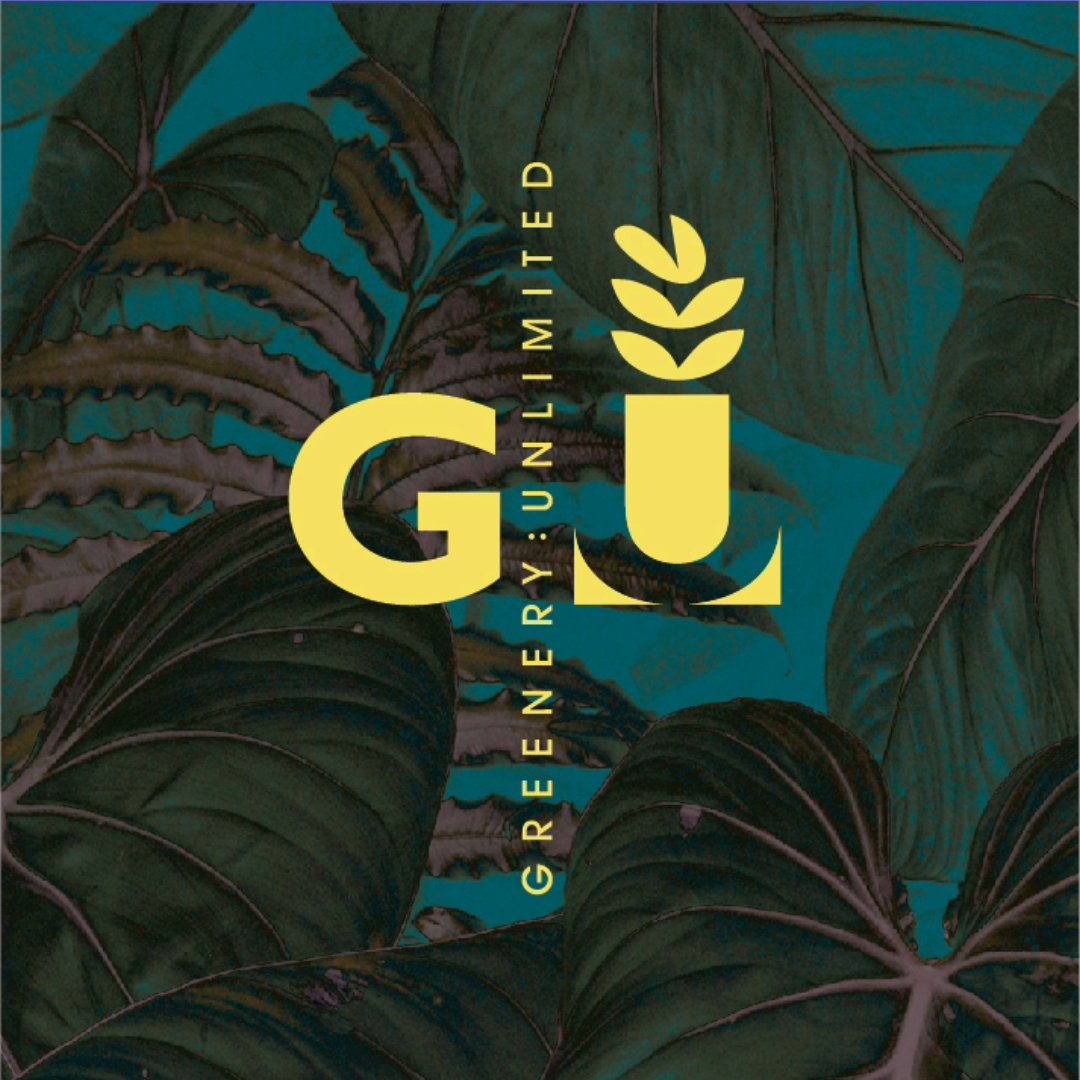
origin. source. beginning.
Bloomerang def.
What we send out, we get back.
Our thoughts, words and deeds have power. What we choose to send out, positive or negative, ripples out and shapes our world.
2011
Bloomerang's grassroots began to take shape when Heartland Visioning invited citizens to re-imagine its identity and sense of place. People dreamed of an arts district, a creative destination to improve their quality of life.
Above: The North Topeka business district before the arts district was a dream.
It started with a question.
The streets of a once active business district were desolate, many of the buildings vacant for years. It wasn’t a safe neighborhood. Carol Bradbury remembers, “I got a call from a fellow NOTO board member. ‘We need some color on the street to give people hope, to help them believe that we can do this. Can you help?”
Bradbury saw an opportunity to use art to shift the community's low self-esteem from doubt to empowerment. “People wanted to be involved in the city’s renewal and help turn the city around. But in the beginning, there wasn’t much most people could do,” she recalled.
The timing was perfect.
The artist had already begun to move beyond the walls of her traditional studio practice into at-risk communities, using the arts to uncover hidden pathways to awareness and growth.
Bradbury’s earliest community based artworks. Above: The P.E.A.R.L. Project (Performing to Empower Awareness and Reinvent Lives) was performed at the TCF women’s prison in Topeka and the Lawrence Arts Center to packed, standing-room-only crowds. Below: The YWCA diversity mural, called Bridges, was rented to local businesses to underwrite project costs. The diptych now greets visitors when they enter the YWCA Northeast Kansas.
Because Bradbury felt comfortable expanding her creative practice beyond the studio, she responded quickly to her colleague’s call to action by designing a series of public workshops. “I invited people to the table…literally. I asked them to draw and paint what they find in the garden. I wanted to remind them that we are the garden, we are the earth and that what we were doing in NOTO was growing our garden. I asked, “Can you help?” Hundreds of people said, Yes!”
From the contributions of the community, Bradbury designed twenty-six unique I Go NOTO banners as an outdoor art gallery to line the streets with color and symbols of hope, reminders of a community's commitment to change.
“I turned to my friend, Leah Kaufman, a singer/songwriter and wordsmith extraordinaire. I explained the project and shared that I was looking to name it. “Can you help?” I asked. She said, ‘Yes!’ and came back with a list of options. The first ‘Bloomerang’ project launched soon after.”
Top left: The artist and participants at the Discovery Center, one of the first Bloomerang workshops held around the city. Top right: A Topeka Rescue Mission representative hangs the first NOTO banners. Below: Bloomerang’s gallery of 26 outdoor banners in NOTO were a reflection of the community’s new can-do attitude and signaled hope when the arts district was starting to take shape. The ‘I GO NOTO’ tagline was contributed by board member, Marie Carter, and echoed the community’s growing commitment.
The energy grew.
Far and wide, people took notice of the energy of the NOTO Arts District movement and the community's new soul, so much so that the "I Go NOTO" banners were featured in the New York Times. and in a Microsoft “Bing It On” commercial that was filmed in NOTO. It highlighted the renewed spirit of the community, showing the arts district and its colorful, unifying banners.
Today, restaurants, shops, parks, art studios, entertainment venues and a brewery fill the once vacant storefronts. The district has been transformed into a place where imagination takes flight.
Below: NOTO’s first Board of Directors. Quote by board member, Darrell Six. Carol Bradbury is the woman in the cowboy hat.
Bloomerang’s gestation.
“When I first started engaging communities with different kinds of collaborative art making, something a friend once shared floated back into my awareness. We’d met at a dinner party. I was in a cluster of people listening to him discuss his books. At some point I asked him, ‘Are you a Missouri Synod Lutheran?’ He gasped, ‘How did you know? I said, ‘Your books are all about shame and judgement. He responded with, ‘I’m a recovering Missouri Synod Lutheran,’ and we laughed.
“We became good friends. We had the Missouri Synod Lutheran thing in common which was pretty big. I wanted to paint his portrait and he agreed. When he arrived to see the finished work, he was nervous. ‘What if it doesn’t look like me, what if I don’t like it, how will I respond?’ he wondered.
“I unveiled the work and he was silent for a moment. Then he said, ‘It looks like me, but it feels like me.’ He’d given me a great compliment.”
The same thing happened a few years later when Bradbury was commissioned to paint an abstract work from a couple to celebrate their anniversary. The client’s first response to the painting was, “It feels like me and my family!”
Another memory floated back into the artist’s awareness of listening to a lecture by Jungian psychoanalyst, Anne Ulinov. Ulinov spoke about her unusual practice, for a Jungian, of having clients meet with her individually, but also in a group.
What Ulinov found was that the group constellated the authentic Self in her clients much more quickly in a group setting than in her one-on-one sessions with them. It seemed that a shared field of energy was created when her clients met together which had a positive effect on the outcome of the whole group.
The story inspired the artist to consider the effect of inter-subjective fields, group synchronization and alternative forms of portraiture in her own work.
Turning point.
When opportunities to work with groups presented themselves, the artist wondered if her ability to visually pick up and interpret the essence of a person or place would apply to groups. Ulinov witnessed that there was something about being in a group of people when they felt safe together that acted as a catalyst to connect them with who they really were, beneath their protective personas and facades.
Bradbury wanted to put it to the test. Both the P.E.A.R.L. project and the Bridges project seemed to prove that it worked. She wondered if a less directive, gentler approach would also yield results. Soon after, the first Bloomerang project was conceived.
The success the first Bloomerang project in the North Topeka Arts District project was a turning point in the artist’s creative practice. “I have no way to scientifically prove that my work is influenced by a collective field of energy since the visual bandwidth of what we can detect is limited; we sense more than we see. What I can say is that people continue to be energized by these works. Maybe that’s all I need to know to continue on this path.”
In 2012, the Bradbury founded Bloomerang Studios. Today, she continues to bring her diverse background and expertise to projects that ripple out and shape our world.
Below: A sampling of Bradbury’s work that has influenced the evolution of Bloomerang.

BOOK COVER/WHISTLING FOR PARADISE

SELF PORTRAIT, c-print

THEOTOKIS: Bearer or Carrier of God, oil on paper

GRAMPS & FRIEND, c-print

THE POET & THE ARTIST, charcoal

ROBERT, oil on paper

ROBERT, conte crayon

ROCKTON ROAD, oil on panel

CURRENT No. 1, relief print

LIFE DRAWING, ink and gesso on paper

QUARRY, oil on panel

THE PSYCHIATRIST, oil on canvas

RED, oil on paper

CEREBRUS, charcoal on vellum

SLEEPING WOMAN, oil on paper

CAROL BRADBURY

P.E.A.R.L. PROJECT

COUPLET, charcoal on vellum

KANSAS KUAN YIN, giclée

YWCA BRIDGES dyptich, earth & acrylic on panel

detail, THEOTOKIS No. 2, acrylic on paper
My work is located at the intersection of the individual and collective voice, using color and form in a process that moves the work from chaos to discovery
CAROL BRADBURY




















